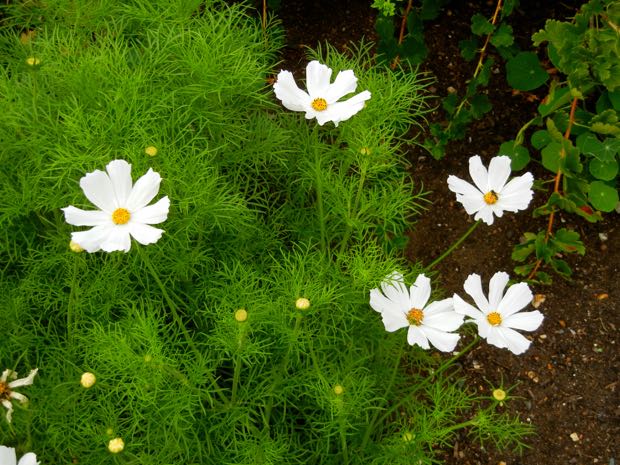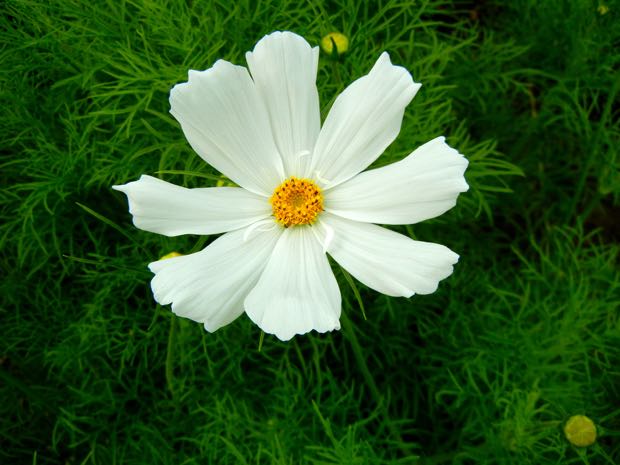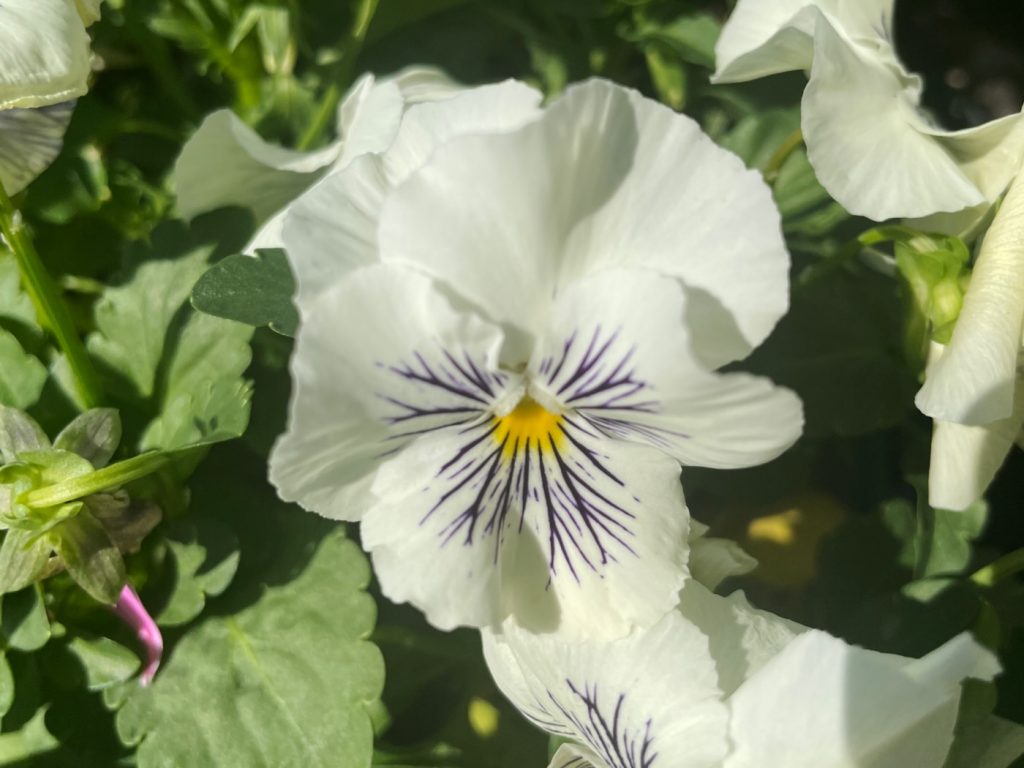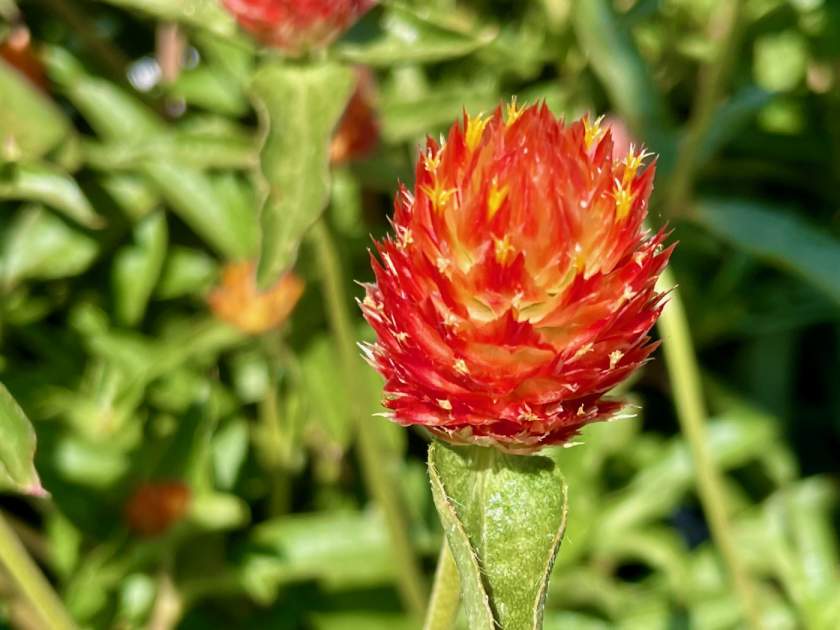Cosmos: Blooms of Beauty and Brilliance – A Guide to Growing Summer Delights
Cosmos, also known by its scientific name Cosmos bipinnatus, is native to Mexico and tropical America. It belongs to the Asteraceae family, which includes other popular flowers like sunflowers and daisies. Cosmos is cherished for its stunning summer blooms and is commonly referred to as Mexican Aster or Cosmos Daisy.
Characteristics and Description:
Cosmos are annual flowers that add a vibrant touch to gardens and landscapes. They feature bright green, feathery, and divided leaves that provide an attractive backdrop to their dainty, colorful flowers. The flowers of Cosmos come in a range of hues, including white, purple, and pink. They are known for their delicate, open-faced blossoms that create a captivating display when planted in large quantities.
Flowering Season, Flower, and Leaf Description:
Cosmos typically blooms during the summer months, delighting gardeners with their profusion of flowers. The flowers of Cosmos have a distinctive daisy-like appearance with a prominent central disk surrounded by vibrant petals. They attract pollinators such as bees and butterflies to the garden. The leaves of Cosmos are fern-like, finely divided, and bright green, enhancing the overall aesthetic appeal of the plant.
Cultivation of Cosmos:
Sunlight: Cosmos thrives in full sun exposure, requiring at least six hours of direct sunlight daily. They are sun-loving plants and perform best in bright, open locations.
Watering: Regular watering is essential, especially during the initial few weeks after planting. Provide enough water to keep the soil evenly moist, but avoid overwatering. Once established, Cosmos displays good drought tolerance.
Soil: Cosmos prefers well-drained soil for optimal growth. They are adaptable plants that can tolerate various soil types, but soil with good drainage is crucial. Adding organic matter, such as compost, can improve soil quality.
Pest/Disease: Cosmos is generally resistant to common pests and diseases. However, occasional issues with aphids, spider mites, or whiteflies may occur. In such cases, using insecticidal soap or neem oil can help control these pests effectively.
Propagation: Cosmos can be easily grown from seeds. They can be directly sown in the garden after the last frost or started indoors 4-6 weeks before the last frost. When sowing seeds, plant them about 1/4 inch deep and space them 1-2 inches apart. Thinning the seedlings to 6-8 inches apart is recommended once they emerge.
Other Interesting Information: Deadheading spent flowers on Cosmos encourages continued blooming. By pinching off the faded flowers at the base of the stem, you can promote the growth of new flowers. Cosmos is primarily grown as an annual, meaning it completes its life cycle in one year and does not survive winter in most climates. In colder regions, you can dig up the plants and bring them indoors for overwintering. In warmer climates, mulching plants with a layer of leaves or straw can protect them from the cold.








